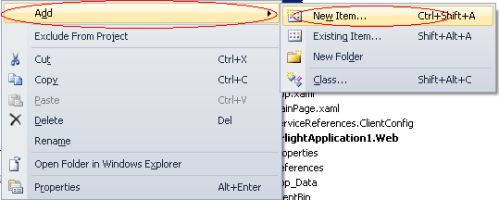In C# .NET there is another way to automatically implement property besides using right click menu. This method uses tab to achieve this goal. Simply type prorp and tab twice. The following will be generated:
Then change property name and property type.














